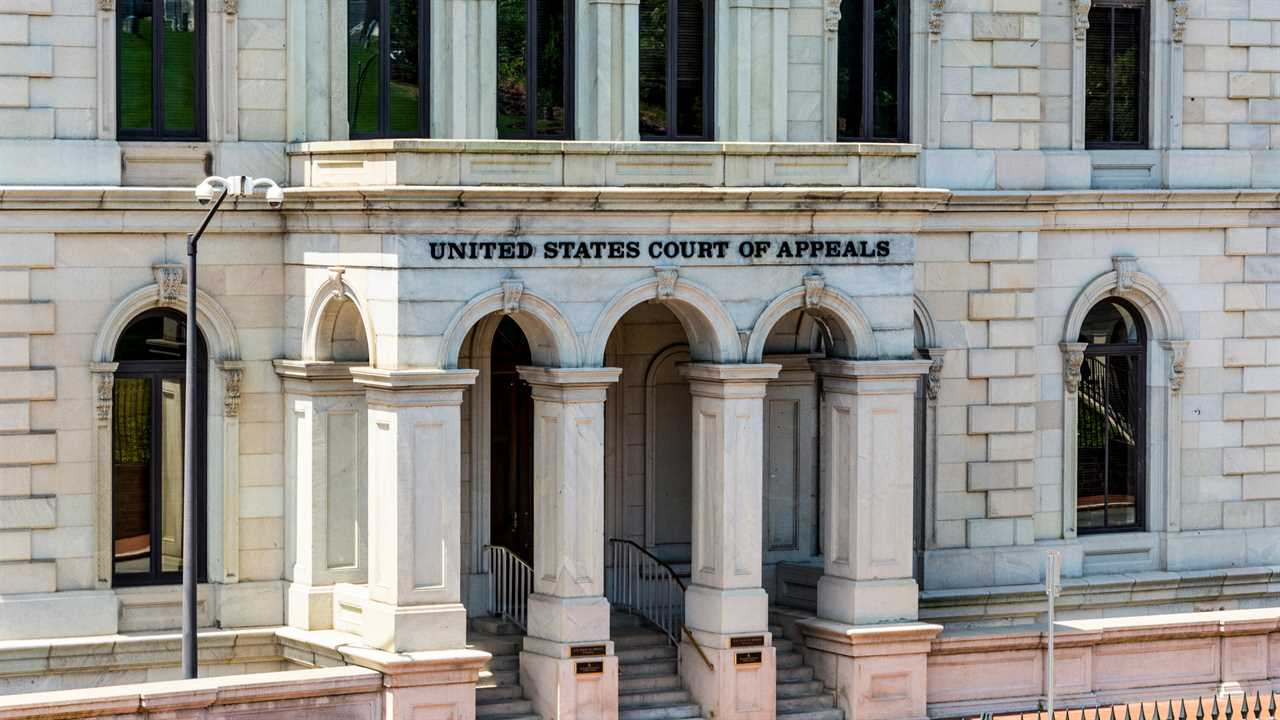
WASHINGTON — For many decades, there was little evidence of partisan behavior in what can be the most bare-knuckled power play in the federal judicial system: when all the active judges on a federal appeals court reconsider the decisions of three-judge panels of their colleagues, a practice that lawyers call en banc review.
That changed in the Trump era, a new study has found.
“From 2018-2020 there was a dramatic and strongly statistically significant spike in both partisan splits and partisan reversals — more in both categories than we observed in any other time period over 60 years,” Neal Devins and Allison Orr Larsen, law professors at William & Mary, wrote in the study, called “Weaponizing En Banc,” to be published in The New York University Law Review.
By partisan splits, they meant full-court panels in which the judges appointed by presidents of one party almost perfectly diverged from those appointed by ones of the other party. Partisan reversals were what the term implies: ones in which an en banc majority dominated by appointees of presidents of the party in control of the court, over the dissents of most appointees of the minority party, overturned a three-judge panel dominated by appointees of the minority party.
Here is an example of both things. When the full U.S. Court of Appeals for the Fourth Circuit, in Richmond, Va., ruled last year that a challenge to President Donald J. Trump’s business practices could move forward, the court split along partisan lines. All nine judges in the majority were originally nominated by Democratic presidents; all six judges in dissent were nominated by Republicans. The decision overturned a unanimous ruling from a three-judge panel of Republican appointees.
In dissent, Judge J. Harvie Wilkinson III lamented the majority’s ruling, writing that it had invited “the judiciary to assemble along partisan lines in suits that seek to enlist judges as partisan warriors in contradiction to the rule of law that is and should be our first devotion.”
In examining 950 en banc cases over 54 years, Professors Devins and Larsen wrote that they had expected to see very little evidence of these sorts of partisan splits or reversals in the 1960s and 1970s. That proved true. But they anticipated a steady rise in such behavior starting in the 1980s, as the Reagan administration turned its attention to stocking the federal courts with conservative judges. That proved wrong.
“Our data largely show stability and a lack of partisan en banc behavior from the end of the Reagan administration to the start of the Trump administration,” they wrote.
Professor Larsen said that was the good news. “We got a different answer than the one we expected,” she said. “En banc wasn’t used as a weapon for years and years and years.”
But the study also found what it called “a Trump-era uptick.”
“Almost 35 percent of en banc decisions in 2018-2020 involved either a partisan reversal or partisan split,” the professors wrote.
“Twenty-seven percent of all en banc decisions in 2018-2020 were decided in nearly perfect blocs divided by appointing party,” they wrote. That was almost double the rate of such splits during the administrations of Presidents Bill Clinton, George W. Bush and Barack Obama, they wrote, “and is far higher now than in any of the years we studied over six decades.”
The recent partisan behavior on en banc courts was in one sense bipartisan: Appointees of both Democratic and Republican presidents were increasingly likely to engage in it.
Reconsideration of panel decisions by full appeals courts is very rare and dropping in frequency. “The courts now review a mere 0.19 percent of decisions en banc, down from 1.5 percent in 1964,” a study found last year. But when it occurs these days, Professors Devins and Larsen noted, it is increasingly animated by partisanship.
Professor Devins said that was troubling. “The cost to collegiality and perhaps the cost to judicial independence and legitimacy can make en banc quite destructive,” he said.
Mr. Trump appointed 54 judges to federal appeals courts, or about 30 percent of the total number of active judges. That flipped three appeals courts to Republican control and bolstered the party’s majorities on others.
Since President Biden took office, several appeals court judges have announced that they are taking senior status, a sort of semiretirement that creates a vacancy.
“We’ve just had real changeover in the last administration, and we’re about to see it again,” said Marin K. Levy, a law professor at Duke and the author of a new article in The Northwestern University Law Review on senior judges. “These kinds of personnel changes have huge effects on the courts.”
Professor Devins said there was reason to hope that partisan fevers in the judiciary would recede and that the surge documented in his study would prove to be an anomaly.
“The main finding of the paper is that even during a period of growing partisanship, en banc did not take on that characteristic,” he said. “We just have a worrisome development. We just don’t know yet whether this is the beginning of the end or whether instead that it’s just a blip associated with stuff related to Trump.”
Did you miss our previous article...
https://trendinginthenews.com/usa-politics/democrats-big-tent-helped-them-win-now-it-threatens-bidens-agenda






